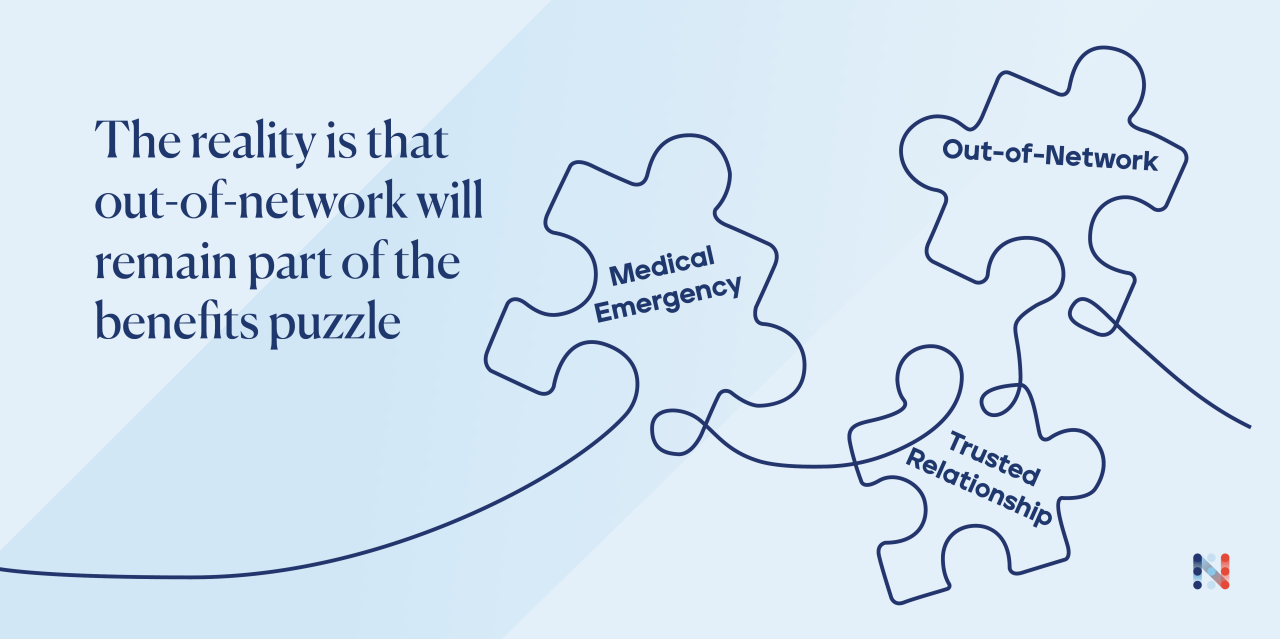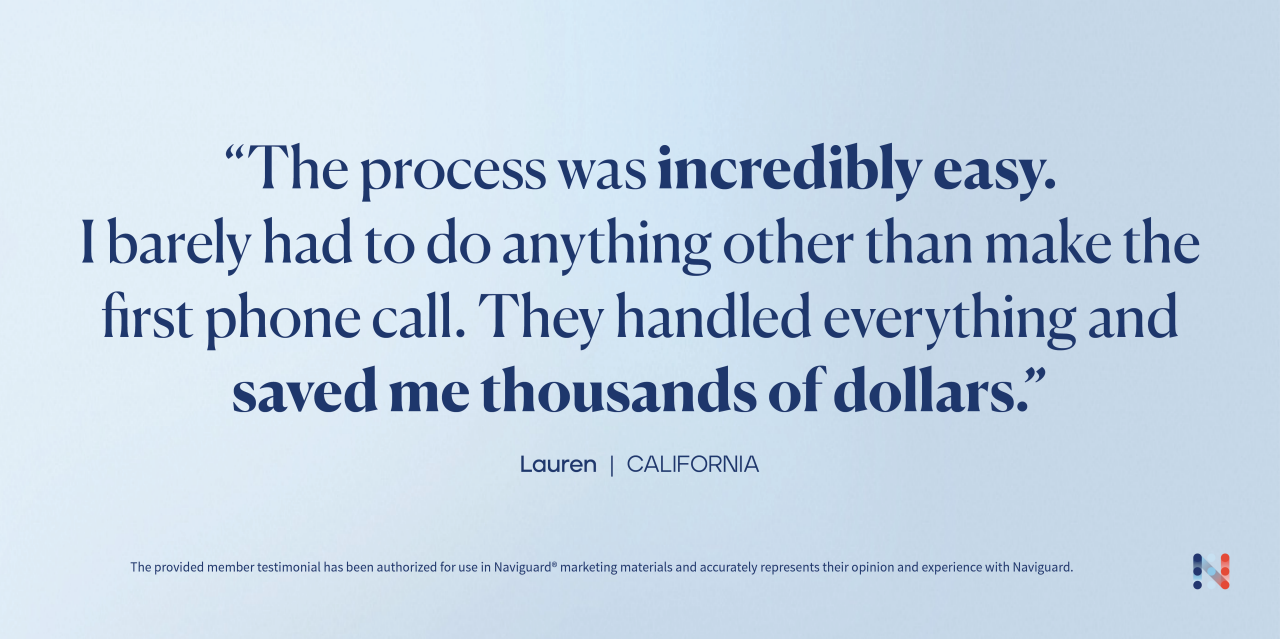Out-of-network health care doesn’t have to mean out-of-control cost
Although the future of work is widely discussed and hotly debated these days, nobody knows for sure the extent to which AI will replace us, or the future of remote work or if the 4-day work week will become common.
According to my crystal ball, however, one thing is certain: Employers will still want to offer appealing compensation and benefits to retain and attract quality employees. Health insurance, of course, is a major piece of the benefits puzzle.
Employers typically subsidize the bulk of the cost of their employees’ health plans and are under increasing pressure to continue to do so. In a recent Society for Human Resource Management survey, 88% of employers ranked health-related benefits as the single most important benefit an organization can offer its workers.1

While employers want to provide the best benefits they possibly can, certain services and specialties continue to strain budgets. Unprecedented behavioral health needs are hitting an already fragmented, marginalized care infrastructure.2 Leaders across all sectors will need to make difficult compromises to treat and pay for behavioral health as they do for other complex, chronic conditions.2
A greater scrutiny over health care affordability
At least 64% of large employers indicate that in 2024, they plan to make benefit enhancements to their health and well-being offerings to attract and retain employees and better meet their needs.5 Increasingly, employers are looking for ways to offer richer health benefits — at minimal additional cost. Responsible employers will aim to better understand their health care costs, coordinate their finance and benefits departments and scrutinize benefits partners more closely.
Meanwhile, the average costs for U.S. employers that pay for their employees' health care could increase 8.5% to more than $15,000 per employee in 2024.6
To stay competitive and retain employees, more and more employers are looking for ways to enhance health benefits — without shifting cost to employees. Some employers are willing to absorb costs to not increase the financial burden to employees. Strategic employers will aim to better understand their health care costs, coordinate their finance and benefits departments and scrutinize benefits partners more closely.
While health care costs continue to rise, several market factors are at play. The converging financial pressures of elevated input costs, a volatile macroeconomic climate and the delayed impact of inflation on health care prices are exposing the entire industry to even greater scrutiny over affordability.3 These rising costs will need to be covered somewhere and out-of-network cost management is one area to focus on.
Going out-of-network is not going away
Despite efforts on the part of health insurers and employers, employees continue to use out-of-network providers. In some cases, employees don’t go out-of-network willingly, like in the case of a medical emergency. In other instances, the decision to go out-of-network is driven by the desire to use a provider the employee trusts and has an established relationship with.
While the effort required to rein in out-of-network use will continue, the reality is that out-of-network will remain part of the benefits puzzle and therefore part of the cost problem. This means viable, proven solutions for managing out-of-network are vital. That’s where Naviguard® comes in.

What these times demand
Naviguard is an additional health plan benefit, designed to lower out-of-network costs while giving employees someone to turn to when surprise balance medical bills arrive. In short, we offer robust advocacy for employees via dedicated one-to-one relationships, help resolving unexpected out-of-network balance medical bills by negotiating directly with providers and deliver end-to-end issue resolution. How successful is Naviguard? (Thank you for asking.) Since January 2021, we reduced out-of-network balance bills an average of $2,000 per case.4 Our total employer savings to date is more than $8.0 billion.4
What’s more, Naviguard has driven an average savings of 72% on out-of-network billed charges for disputed and all other paid claims, outpacing the level of savings achieved by many competitive programs such as shared savings and other third-party vendors.3
Clearly, these times and the days ahead demand that employers have a resource with a deep understanding of health care costs and broad experience providing out-of-network solutions. With Naviguard in their corner, employees may experience less stress from the financial burden of out-of-network balance bills and improved well-being that comes from having less stress. Employers, meanwhile, have happier employees, better retention and can devote less administrative time helping employees understand their health plan and resolve out-of-network balance bills.
Naviguard offers employers a meaningful benefit enhancement that can help in their efforts to attract and retain employees. Not surprisingly, I recommend Naviguard. We have a best-in-class solution to managing out-of-network costs.

RESOURCES
- The top out-of-network risks
- Learn how Naviguard can help reduce out-of-network health care costs
- Customer reviews about Naviguard services
REFERENCES
- Centers for Medicare & Medicaid Services. "National Health Expenditure Projections 2021–2030." April 27, 2022. Accessed April 27, 2022.
- (December 13, 2022). Retrieved July 17, 2023 from https://advisory.com/research/16-things-ceos-need-to-know-in-2023.
- UnitedHealthcare internal analysis, Q1-Q2, 2021. Savings results shown may vary based on customer plan and geographic distribution and are not a guarantee of future results.
- Naviguard data from January 2021 – December 2023 and calculated from the sum of all negotiated cases’ total bill (total paid to provider).
- Mercer.com “2023 US Health and Benefits Strategies for 2024 Survey Report.” Accessed September 27, 2023.
- SHRM.org “AON Report: Big Increase Projected for 2024 Employer Health Costs.” Accessed September 27, 2023.

